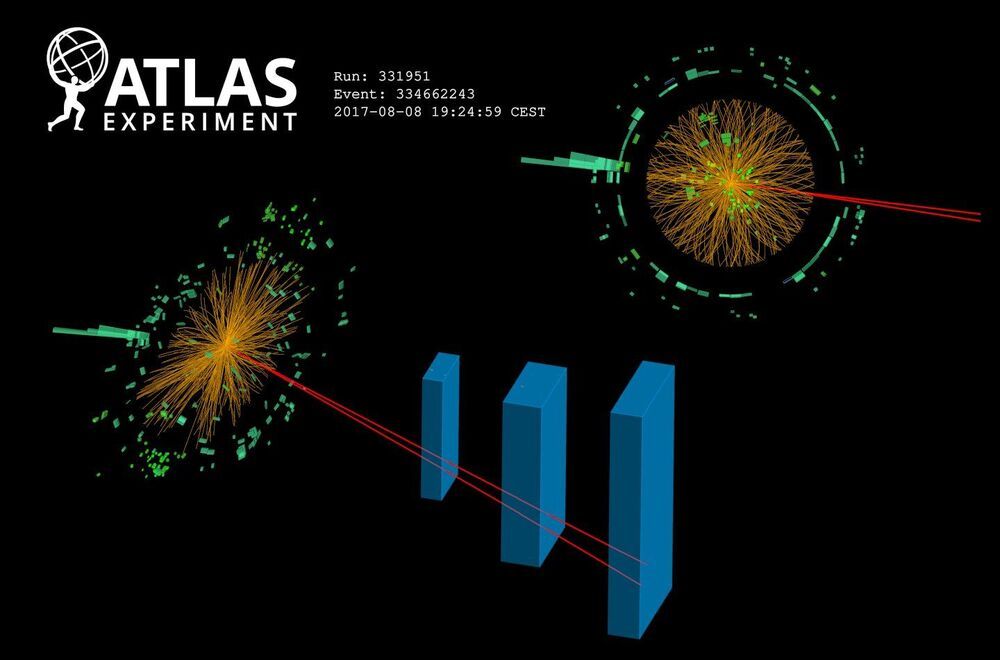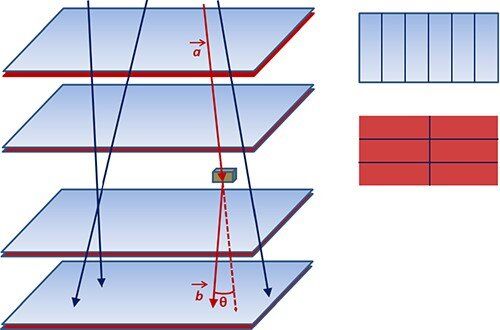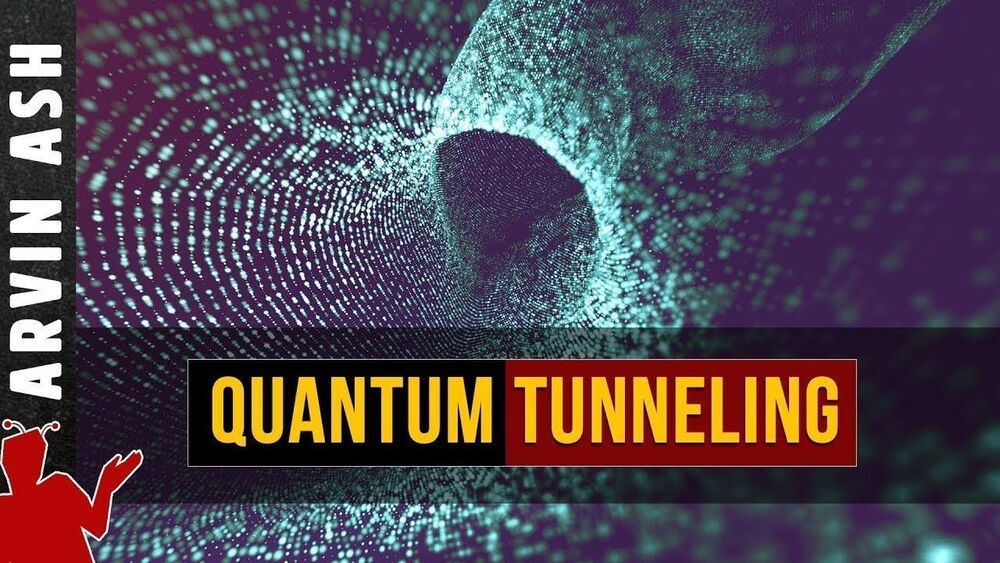The plasma compression fusion device (PCFD) generates the energy gain by plasma compression-induced nuclear fusion. This concept has the capability of maximizing the product of plasma pressure and energy confinement time to maximize the energy gain, and thus give rise to fusion ignition conditions. The preferred embodiment of this original concept uses a hollow cross-duct configuration of circular cross section in which the concentrated magnetic energy flux from two pairs of opposing curved-headed counter-spinning conical structures (possibly made from an alloy of tungsten with high capacitance) whose outer surfaces are electrically charged compresses a gaseous mixture of fusion fuel into a plasma, heated to extreme temperatures and pressures. The generated high-intensity electromagnetic (EM) radiation heats the plasma and the produced magnetic fields confine it in between the counter-spinning conical structures, named the dynamic fusors (four of them-smoothly curved apex sections opposing each other in pairs). The dynamic fusors can be assemblies of electrified grids and toroidal magnetic coils, arranged within a conical structure whose outer surface is electrically charged. The cross-duct inner surface surrounding the plasma core region is also electrically charged and vibrated in an accelerated mode to minimize the flux of plasma particles (including neutrals) from impacting the PCFD surfaces and initiating a plasma quench. The fusion fuel (preferably deuterium gas) is introduced into the plasma core through the counterspinning conical structures, namely, injected through orifices in the dynamic fusor heads. There is envisioned another even more compact version of this concept, which uses accelerated vibration in a linear-duct configuration (using two counterspinning dynamic fusors only) and would best be suited for fusion power generation on aircraft, or main battle tanks. The concept uses controlled motion of electrically charged matter through accelerated vibration and/or accelerated spin subjected to smooth, yet rapid acceleration transients, to generate extremely high-energy/high-intensity EM radiation (fields of high-energy photons) which not only confines the plasma but also greatly compresses itso as to produce a high power density plasma burn, leading to ignition. The PCFD concept can produce power in the gigawatt to terawatt range (and higher) with input power in the kilowatt to megawatt range and can possibly lead to ignition (selfsustained) plasma burn. Several important practical engineering and operational issues with operating a device such as the PCFD are discussed.
Category: particle physics – Page 423
Since the discovery of the Higgs boson in 2012, scientists in the ATLAS and CMS collaborations at the Large Hadron Collider (LHC) have been hard at work characterizing its properties and hunting down the diverse ways in which this ephemeral particle can decay. From the copious but experimentally challenging decay to b-quarks, to the exquisitely rare but low-background decay into four leptons, each offers a different avenue to study the properties of this new particle. Now, ATLAS has found first evidence of the Higgs boson decaying to two leptons (either an electron or a muon pair with opposite charge) and a photon. Known as “Dalitz decay,” this is one of the rarest Higgs boson decays yet seen at the LHC.
We argue that extensions of the SM with a warped extra dimension, together with a new $${\mathbb {Z}}_2$$ Z 2-odd scalar singlet, provide a natural explanation not only for the hierarchy problem but also for the nature of fermion bulk masses and the observed dark matter relic abundance. In particular, the Kaluza-Klein excitations of the new scalar particle, which is required to naturally obtain fermion bulk masses through Yukawa-like interactions, can be the leading portal to any fermion propagating into the bulk of the extra dimension and playing the role of dark matter. Moreover, such scalar excitations will necessarily mix with the Higgs boson, leading to modifications of the Higgs couplings and branching ratios, and allowing the Higgs to mediate the coannihilation of the fermionic dark matter.
Circa 2013 o.o
Quantum entanglement, one of the odder aspects of quantum theory, links the properties of particles even when they are separated by large distances. When a property of one of a pair of entangled particles is measured, the other “immediately” settles down into a state compatible with that measurement. So how fast is “immediately”? According to research by Prof. Juan Yin and colleagues at the University of Science and Technology of China in Shanghai, the lower limit to the speed associated with entanglement dynamics – or “spooky action at a distance” – is at least 10000 times faster than light.
Despite playing a vital role in the development of quantum theory, Einstein felt philosophically at odds with its description of how the universe works. His famous quote that “God does not play dice” hints at his level of discomfort with the role of probability in quantum theory. He believed there exists another level of reality in which all of physics would be deterministic, and that quantum mechanics would turn out to be a description that emerges from the workings of that level – rather like a traffic jam emerges from the independent motions of a large number of cars.
In 1935 Einstein and his coworkers discovered quantum entanglement lurking in the equations of quantum mechanics, and realized its utter strangeness. This lead to the EPR paradox introduced by Einstein, Poldolsky and Rosen. The EPR paradox stated that the only ways of explaining the effects of quantum entanglement were to assume the universe is nonlocal, or that the true basis of physics is hidden (otherwise known as a hidden-variable theory). Nonlocality in this case means that events occurring to entangled objects are linked even when the events cannot communicate through spacetime, spacetime having the speed of light as a limiting velocity. Nonlocality is also known as spooky action at a distance (Einstein’s phrase).
Long-time trapping of a single electron could allow the particle to be used as an efficient quantum bit.
An intelligent material that learns by physically changing itself, similar to how the human brain works, could be the foundation of a completely new generation of computers. Radboud physicists working toward this so-called “quantum brain” have made an important step. They have demonstrated that they can pattern and interconnect a network of single atoms, and mimic the autonomous behavior of neurons and synapses in a brain. They report their discovery in Nature Nanotechnology.
Considering the growing global demand for computing capacity, more and more data centers are necessary, all of which leave an ever-expanding energy footprint. “It is clear that we have to find new strategies to store and process information in an energy efficient way,” says project leader Alexander Khajetoorians, Professor of Scanning Probe Microscopy at Radboud University.
“This requires not only improvements to technology, but also fundamental research in game changing approaches. Our new idea of building a ‘quantum brain’ based on the quantum properties of materials could be the basis for a future solution for applications in artificial intelligence.”
First images of muon beams
Posted in particle physics
A new technique has taken the first images of muon particle beams. Nagoya University scientists designed the imaging technique with colleagues in Osaka University and KEK, Japan and describe it in the journal Scientific Reports. They plan to use it to assess the quality of these beams, which are being used more and more in advanced imaging applications.
Each year, billions of tons of goods are transported globally using cargo containers. Currently, there are concerns that this immense volume of traffic could be exploited to transport illicit nuclear materials, with little chance of detection. One promising approach to combating this issue is to measure how goods interact with charged particles named muons—which form naturally as cosmic rays interact with Earth’s atmosphere. Studies worldwide have now explored how this technique, named “muon tomography,” can be achieved through a variety of detection technologies and reconstruction algorithms. In this article of EPJ Plus, a team headed by Francesco Riggi at the University of Catania, Italy, build on these results to develop a full-scale muon tomograph prototype.
Stochastic orbital dynamics of individually coupled Co atoms on black phosphorus enables the realization of a Boltzmann machine capable of self-adaption.
Get MagellanTV here: https://try.magellantv.com/arvinash and get an exclusive offer for our viewers: an extended, month-long trial, FREE. MagellanTV has the largest and best collection of Science content anywhere, including Space, Physics, Technology, Nature, Mind and Body, and a growing collection of 4K. This new streaming service has 3000 great documentaries. Check out our personal recommendation and MagellanTV’s exclusive playlists: https://www.magellantv.com/genres/science-and-tech.
Become a Patron: https://www.patreon.com/bePatron?u=17543985
What is this mysterious quantum tunneling effect, where does it come from? And why is it one of the most important phenomena in physics?
Quantum mechanics shows that quantum objects have a wave-particle duality. What we think of as an electron particle actually behaves like a wave, a probability wave. This means that its position is not a precise location in space. It is defined by a wave function that can only tell us the probability of finding it a particular location when measured. The wave function of a particle exists in all of space, in the entire universe up to infinity. So there is always a non-zero probability of finding the electron anywhere, including outside a barrier.
We can attribute this behavior to the Heisenberg uncertainty principle. It states that the uncertainty in a particle’s position times the uncertainty in its momentum has to be greater than a finite number. Practically this means we cannot know with 100% certainty what the position of that electron is. And the wave function of the electron, which gives us the probability of finding it at any location can be found using the Schrodinger equation.
This equation was developed by Erwin Schrödinger in 1926, and it is the equation that describes the wave nature of matter. The Greek letter psi in the equation is the wave function. The wave function depends on both time and position. It can be both positive or negative, but the square is always positive. The square of the wave function as a function of position is the probability of finding the particle at that position. The Schrödinger equation is a statement of conservation of energy. It says that kinetic energy plus potential energy equals the total energy—But instead of just energies, we have energy operators acting on the wave function of the particle.








